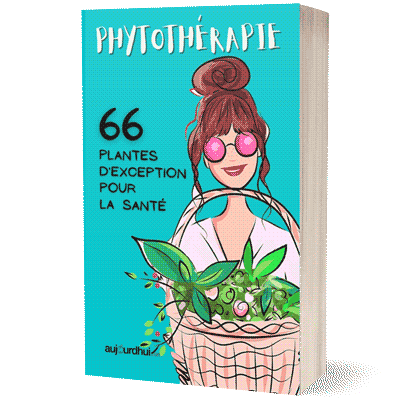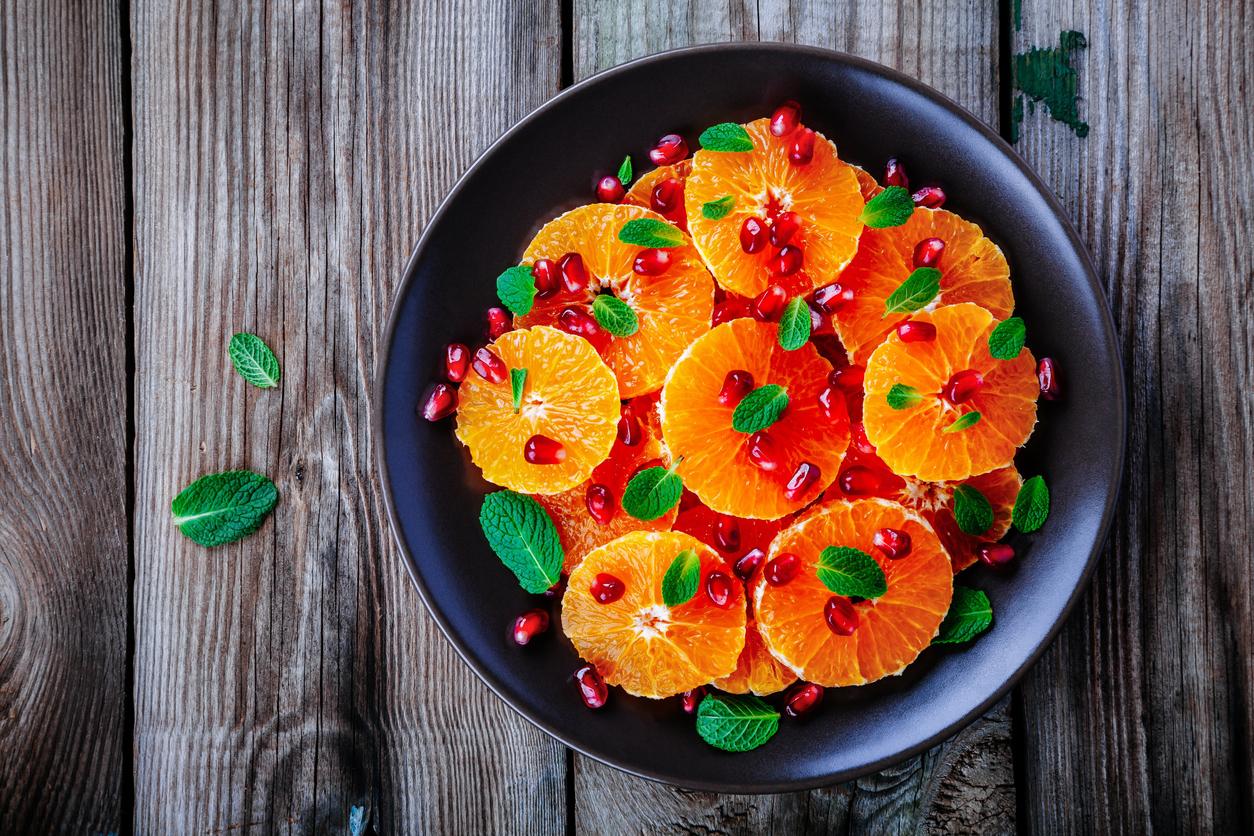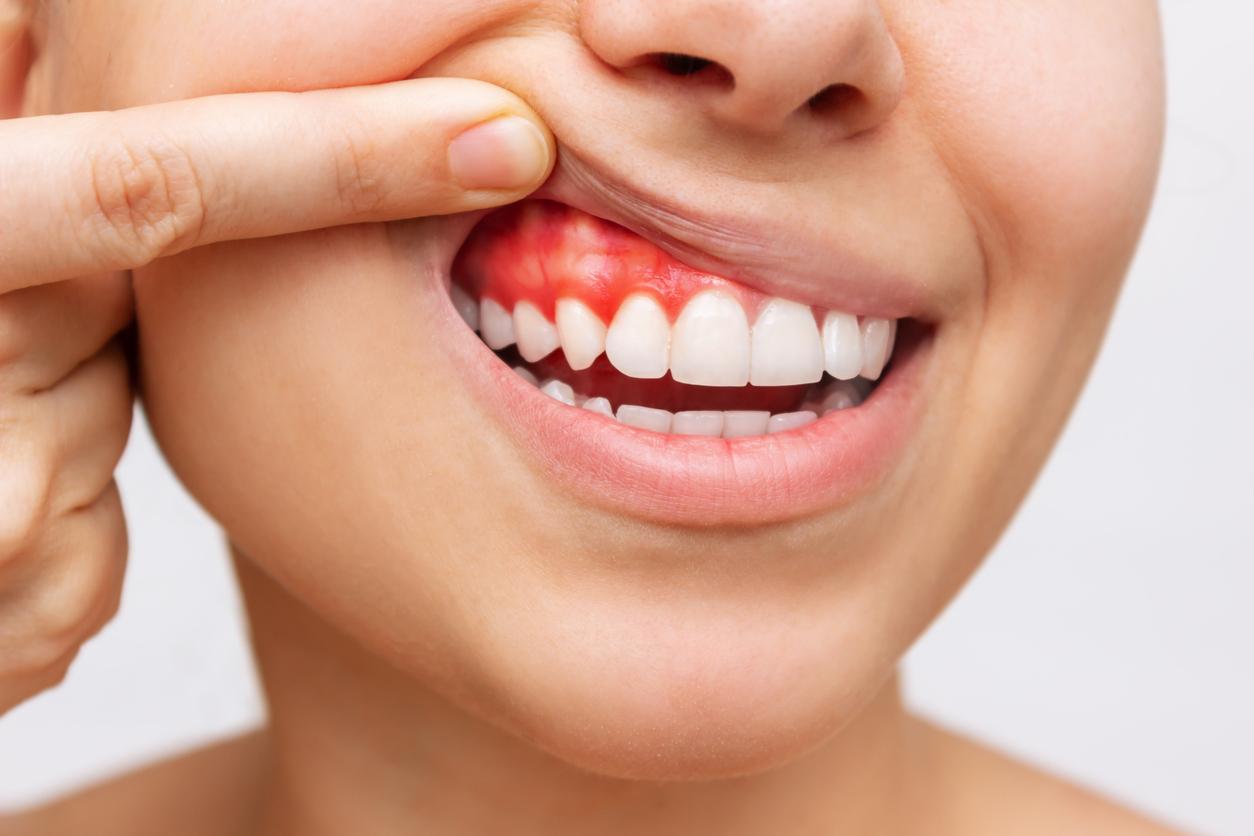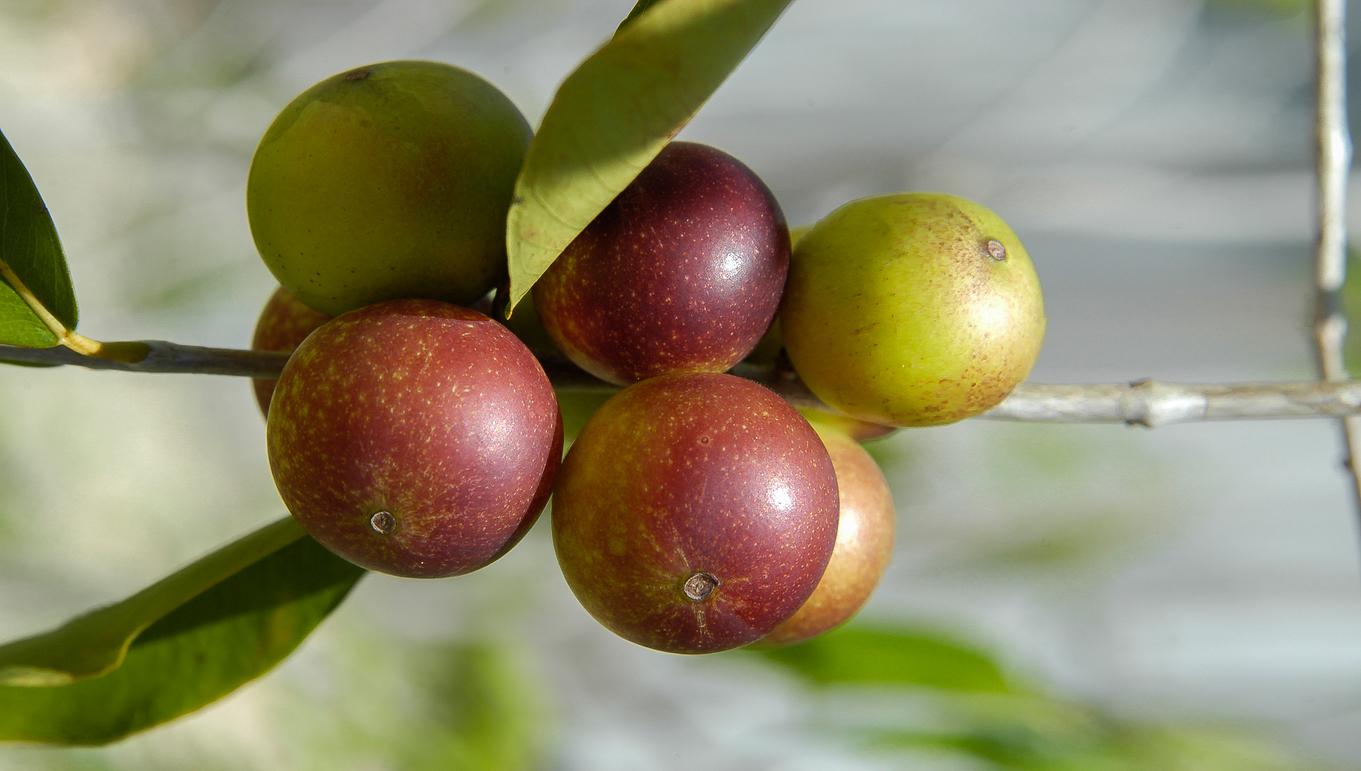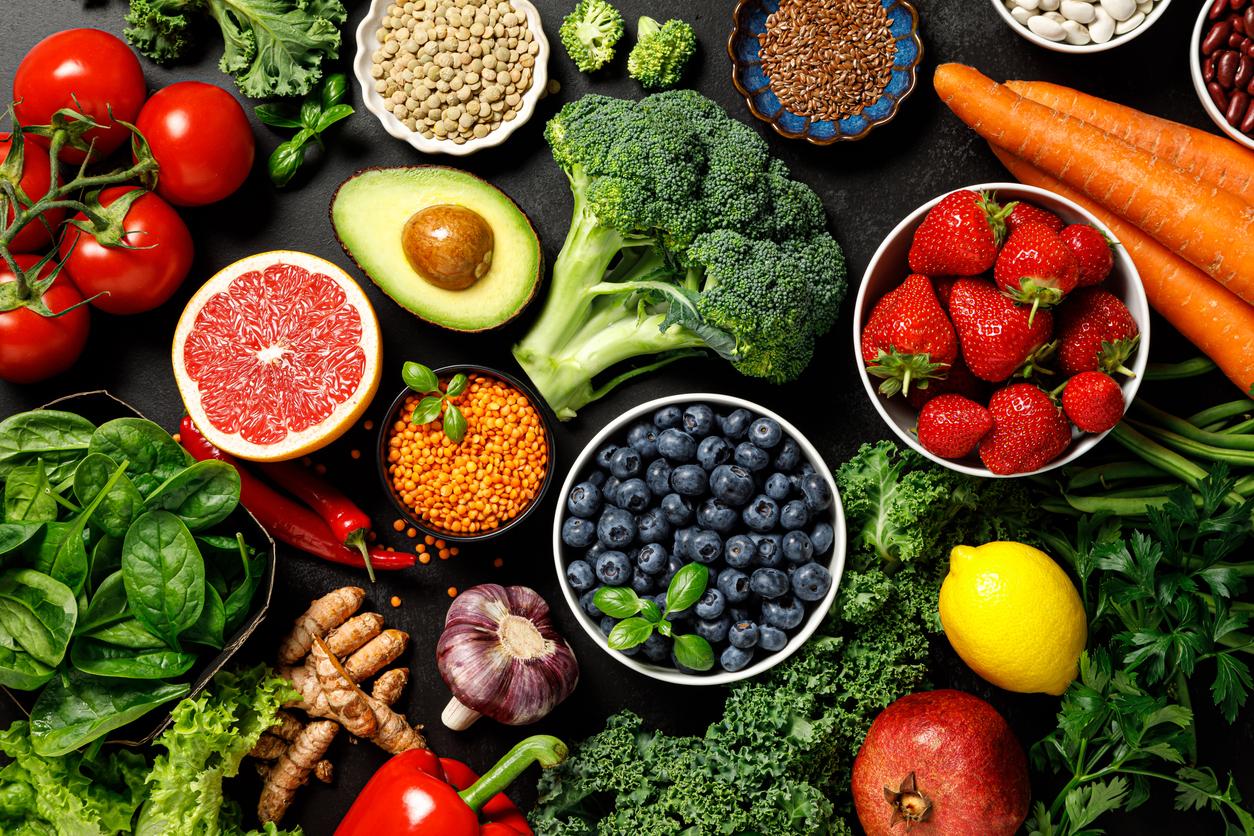
More vitamin C than in oranges
More and more special fruits appear on our plates, packed with healthy nutrients: super fruit. After goji berries and mangosteen, baobab is the new super fruit. At least with us. Africans have been eating it for centuries. What is it, where does it come from and what can you use it for?
The baobab tree or monkey bread tree is the thickest tree in the world and grows on the African savannas; from Namibia to Mozambique and South Africa. It is often planted in parks in Africa and we see the tree more and more in other parts of the world.
Actually, it is not a tree but a fiber plant. They can hold up to 120,000 liters water and can therefore survive on the dry savannas. According to experts, they can live more than 1000 years.
Nutrients and Fiber
The baobab tree is one of the most important food sources in arid Africa where not much else grows. It is not called the ‘Tree of Life’ for nothing. The locals have used the leaves and fruits for thousands of years because of its high nutrient content. They eat them fresh or dried.
The pulp of the fruits contains a lot of fiber, which are used to make porridge or bread (hence the name monkey bread tree). Baobab fruit is very nutritious and packed with vitamins, antioxidants and minerals. For example, the fruits contain more vitamin C than an orange.
Satisfied feeling
It is precisely because of this high nutrient content that the fruit is also gaining popularity in our regions. Baobab is hardly available fresh with us. We therefore have to make do with powder and tablets. Due to the fibers it quickly gives a feeling satisfied. It is used as part of a low-calorie diet and as a daily dietary supplement for sports, fatigue or high blood sugar.
The pulp of the baobab fruit contains:
- six times more vitamin C than oranges
- six times more antioxidants than blackcurrants
- twice more antioxidants than goji berries
- twice as much calcium as milk
- six times more potassium than bananas
- more iron than red meat
- more fiber than fruits like apples, apricots or bananas
How do you use it?
You can use the powder in smoothies, yogurt, with breakfast cereals or in a glass of fruit juice. For example, make a smoothie with a handful of spinach, a small cucumber, half an avocado, a banana, a mango and a tablespoon of baobab powder. Tasty and super healthy. But you can also add it to cake batter, bread or pancakes.









